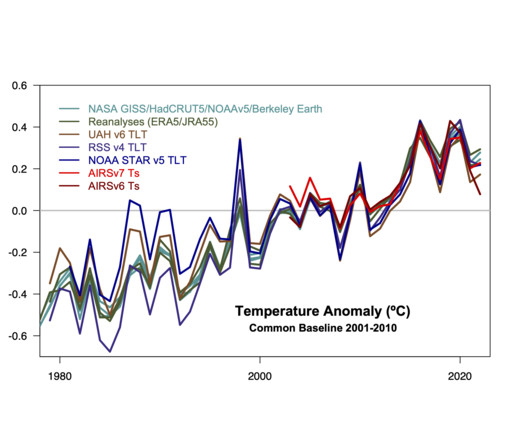Improving EPA’s Latest Ozone Transport Rule
Acoel
JUNE 29, 2022
The agency’s air quality modeling indicates that most areas would receive an ozone reduction of less than 0.1 These air quality impacts are minimal compared with the major ozone reductions resulting from the 1998 SIP Call, which resulted in more than 80,000 megawatts of coal capacity being retrofitted with SCRs. ppb by 2025.













Let's personalize your content